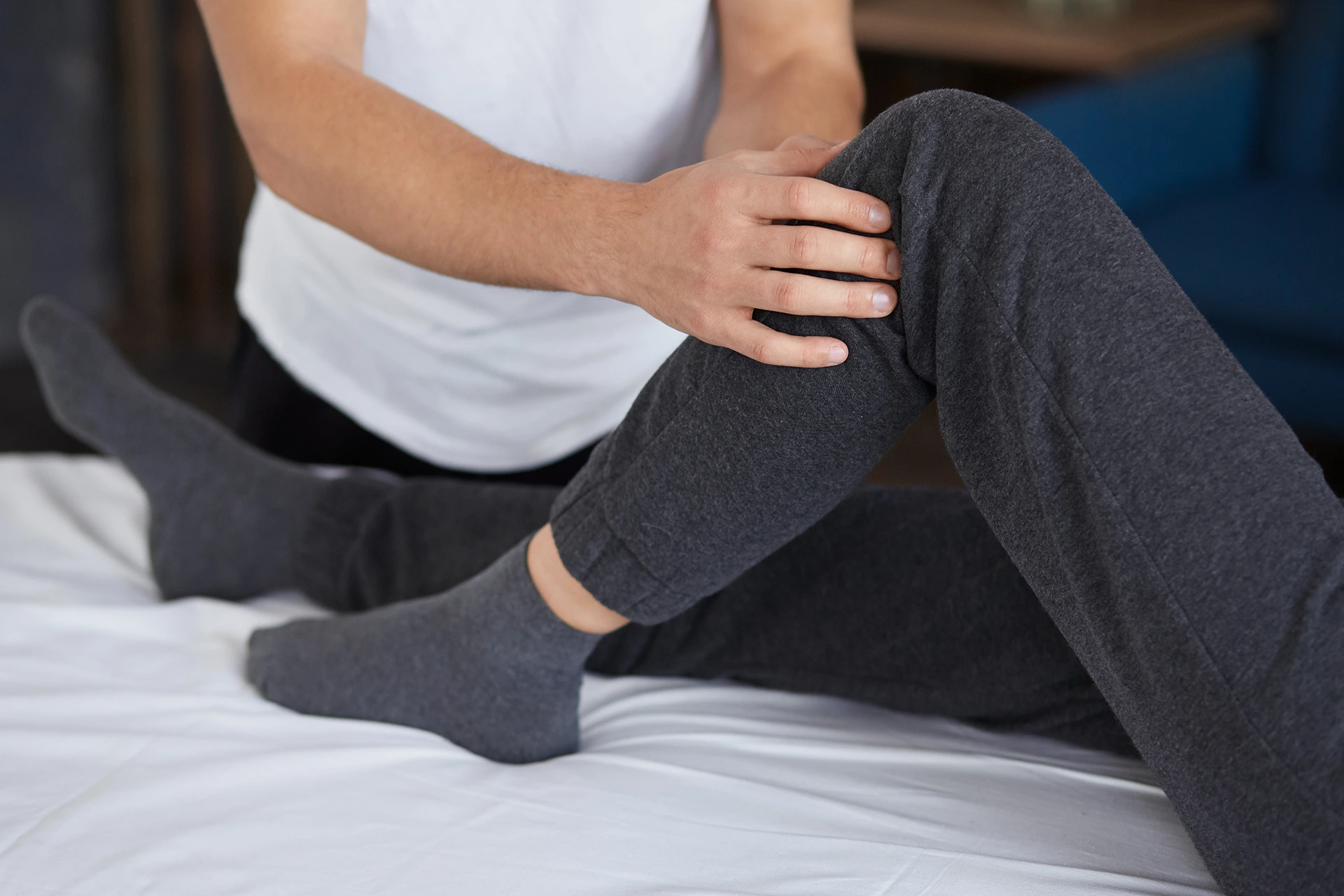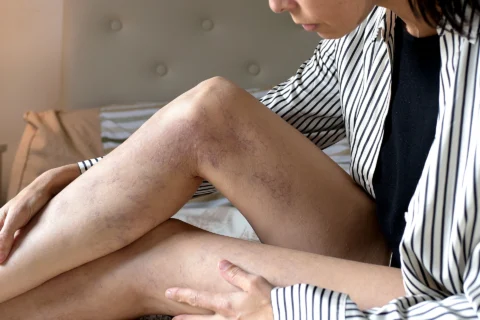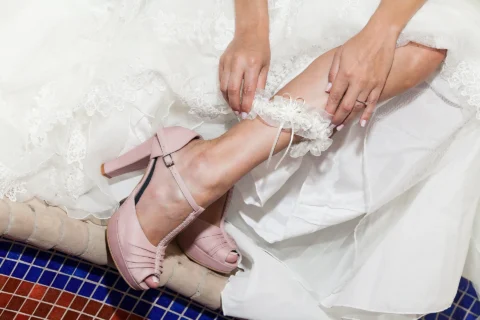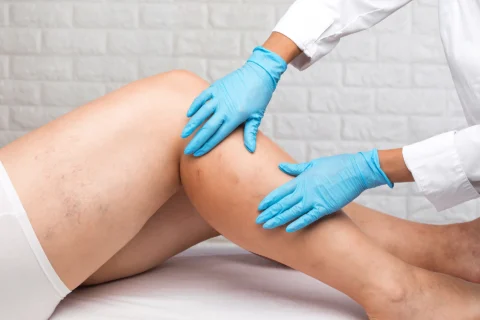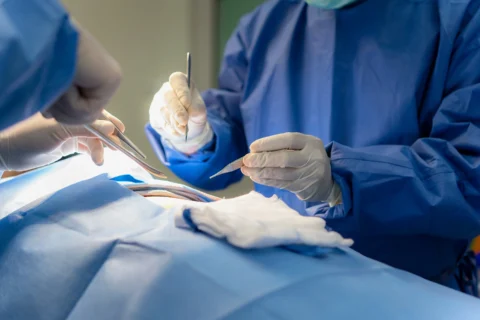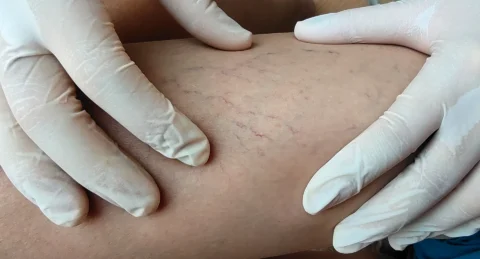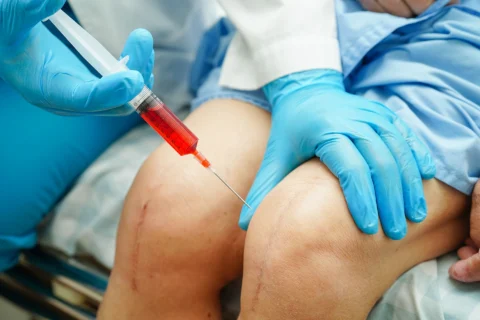Varicose veins are one of the most common sources of insecurities for people. While they’re mostly harmless, their bulging and discolored appearance in the legs, calves, and feet are enough reasons for individuals to want to cover them up. But if you have chronic venous insufficiency, you shouldn’t just wear any lower garment or underpants.
So what are the best types of pants you should wear to minimize or prevent varicose veins? Loose-fitting jeans, wide-legged pants, and compression stockings are some of the best clothing choices that can help improve blood circulation in your legs and reduce varicose vein symptoms. As much as possible, avoid wearing tight pants and skinny jeans since they may impede the proper flow of blood to your lower leg.
What to Wear If You Have Varicose Veins
There are more than 30 million individuals who suffer from reduced quality of life due to the development of spider veins and varicose veins. Age is one of the factors that can contribute to varicose vein disease, but even younger individuals can notice unsightly veins on their legs and feet.
One possible reason for this is their lifestyle choices. Nowadays, it’s very common for young people to wear high heels, elastic socks, and tight jeans but these types of clothing are often unsuitable for their vein health and can result in varicose and spider vein problems. Wearing tight pants can restrict the normal blood circulation in your lower limbs, causing them to pool in the leg vein which can lead to swelling, pain, and bulging blood vessels.
If you suffer from varicose veins, you need to be conscious of the way you dress and invest in comfortable clothing that can support the blood flow in your legs. Here are some of the kinds of pants that you can wear for varicose veins:
1) Compression Stockings
This is a type of elastic garment that’s often worn around the lower leg to promote better blood circulation and healthier veins. A compression hose works by putting pressure on the veins and encouraging the normal flow of blood back to the heart. Doctors typically recommend wearing compression stockings to patients with chronic venous insufficiency, spider veins, and varicose veins.
If you have a job that requires you to stand for long periods of time, compression socks can likewise help minimize your pain and discomfort. It also improves swelling and reduces the heavy or achy feeling in your lower legs.
2) Loose-Fitting Jeans
Patients with varicose veins can also benefit from wearing relaxed and loose-fitting jeans. They have a more comfortable fit around your legs and minimize constriction to prevent blood from accumulating inside the veins. You can opt for different designs of loose-fitting jeans such as baggy styles, straight-leg pants, or flared jeans.
3) Wide-Legged Pants
Also known as palazzo pants, these kinds of trousers are typically fitted at the waist and drape down comfortably to your thighs and legs. They’re a good choice for varicose veins since their shape and design don’t put any pressure on your leg veins and allow for healthier blood circulation.
4) Sweatpants
Lastly, another clothing option that you can wear for varicose veins is sweatpants. They’re usually intended for athletic purposes, but you can also wear them for lounging at home. Made with soft, thick, and cotton materials, sweatpants are loose and comfortable enough to allow the blood in your legs to flow properly and minimize your risk for varicose veins.
Do Tight Pants Cause Varicose Veins?

Tight pants don’t exactly cause visible varicose veins in your legs, but they’re a common risk factor for this vein disease. Varicose veins form due to weak or damaged one-way vein valves, causing blood to flow backward and pool inside the veins.
Although they’re fashionable, tight-fitting clothes, such as skinny jeans and leggings, can lead to poor circulation in the lower extremities. This causes blood to collect in the leg veins and results in increased pressure which can contribute to more painful symptoms.
Are Jeggings Bad For Varicose Veins?
Jeggings are a popular style of leggings that resemble denim jeans. They can be made of different materials like spandex and cotton, and they have a stretchable waistband. Much like normal leggings, they have a tight and slim fit and can contribute to a diseased vein on the legs. If you’re already prone to having varicose veins due to your lifestyle or job, wearing jeggings may worsen its appearance and cause discomfort.
Is Shapewear Bad For Varicose Veins?
Shapewear is a common type of undergarment that helps accentuate your natural curves and body figure. Unfortunately, wearing shapewear for too long can compress your stomach, abdomen, and thighs and restrict blood flow in your extremities, resulting in chronic venous insufficiency and the formation of varicose veins.
If you want to shapewear and bodysuits, make sure to pick the right size and take it off if you start noticing skin irritation and other uncomfortable symptoms.
Other Ways Restrictive Clothing Can Affect Your Vascular Health
Aside from varicose vein problems, tight-fitting jeans and other kinds of restrictive clothing can affect your vascular health in different ways. For one, the interruption of blood circulation may lead to damaged vessels and cause blood clots and deep vein thrombosis. DVT is a possible complication of varicose veins where a blood clot forms in a deep vein in the pelvis, thigh, or lower leg.
Wearing tight pants may also cause general health concerns such as abdominal pain, gastrointestinal issues, and skin irritation. They’re also uncomfortable on the waist and may sometimes cause impaired blood circulation in the pelvis area and lead to pelvic congestion syndrome. This is a condition where varicose veins develop around the ovaries, causing chronic pelvic pain.
Treatment Options for Varicose Veins Caused By Tight Pants
Fortunately, most cases of varicose veins aren’t life-threatening and don’t require an invasive removal procedure. Here are some of the best treatment options for varicose veins:
- Sclerotherapy – This treatment option involves injections of a solution (sclerosant) that irritates the damaged vein and causes scar tissue to form and close the blood vessels. This will reroute the flow of blood to healthier veins and the collapsed vein will gradually fade and disappear.
- Endovenous ablation therapy – This is an ultrasound-guided procedure that’s intended to seal off the diseased vein. Doctors can use either radiofrequency energy or laser treatment to heat and damage the affected veins. The results of endovenous ablation are usually permanent and the treated veins shouldn’t reopen after treatment.
- VenaSeal – This is a type of medical glue that’s used for varicose veins treatment. Using a small catheter, a provider will place the adhesive into the damaged vein and cause it to close off. Similar to other vein treatment options, it can help redirect blood circulation to healthier veins.
- Ambulatory phlebectomy – This is a minor surgical procedure where a vein surgeon will remove the spider veins or varicose veins through small incisions or punctures in the skin. They’ll typically create incisions in the lower leg areas where varicose veins are visible. Although it’s minimally invasive, it carries potential risks such as scarring, bleeding, or infection.
Get Rid of Varicose Veins With Safe Vein Treatments at The Vein Center Doctor

Changing your wardrobe choices and avoiding tight jeans are some of the ways you can minimize the appearance of varicose veins. But more than that, the best way you can remedy varicose veins is to get specialized treatments that can help address the cause of your leg vein problems.
Vein Center Doctor is a state-of-the-art center that offers safe, effective, and minimally invasive vein removal treatments. Led by Dr. Rahul Sood, our team can help reduce your visible varicose veins and improve its other accompanying symptoms. Call us today to book a consultation or inquire about our services.

